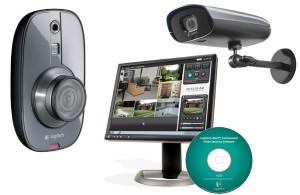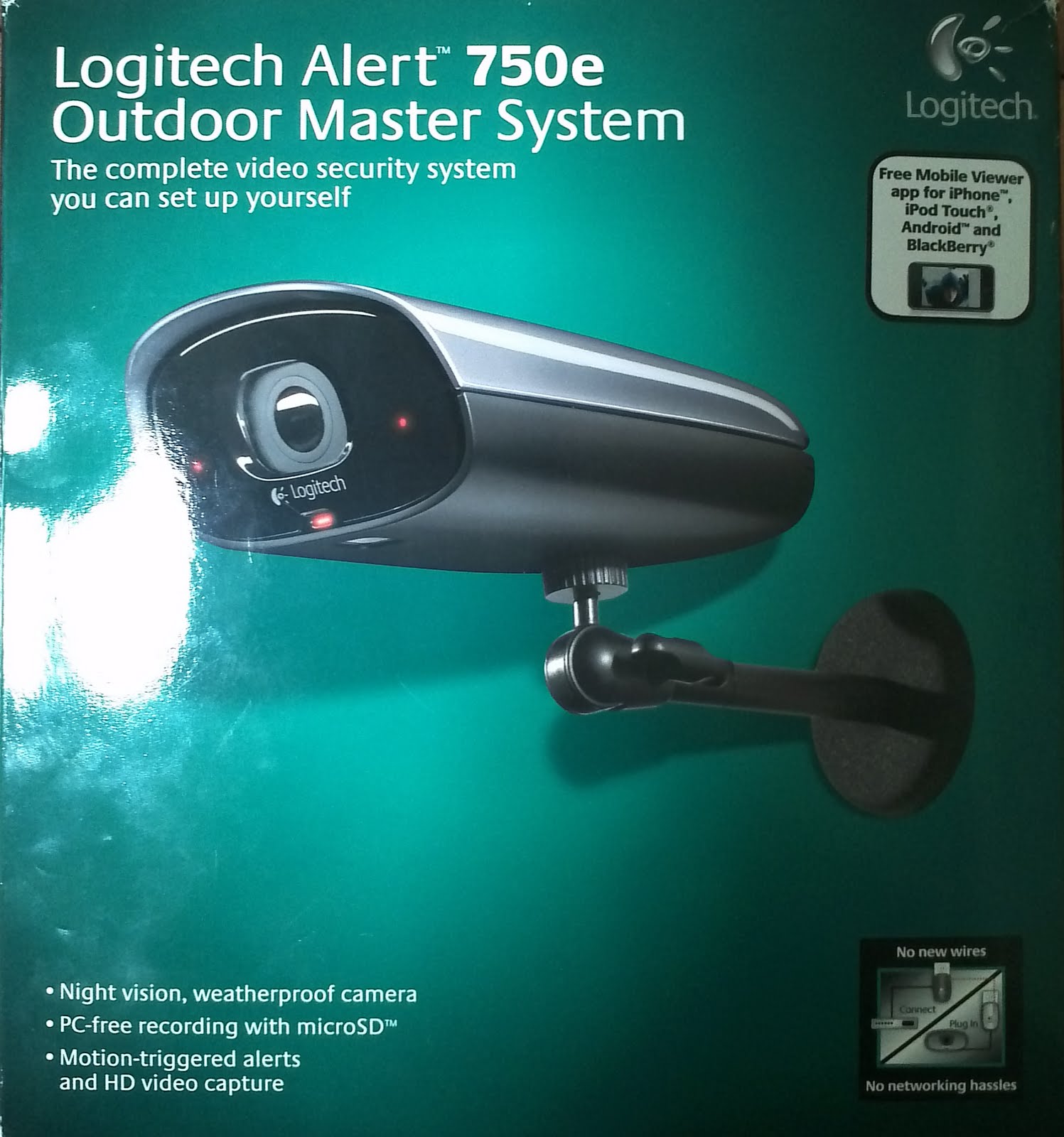

- Logitech alert commander live view not working install#
- Logitech alert commander live view not working archive#
- Logitech alert commander live view not working mac#
* Set schedules for when you want to receive motion notifications to your email or mobile device * Receive desktop notification of important events * Manage your account and security settings
Logitech alert commander live view not working mac#
* Back up video stored on your cameras to your Mac * Create and manage e-mail and mobile phone motion alerts * Set up motion zones for individual cameras * View live and recorded video in HD resolution * Control and configure your video security system

Logitech alert commander live view not working install#
* Install your Logitech Alert camera system on any Mac (with OS version 10.6.8 or higher) And if the cameras were outfitted with a speaker output, you could build a two-way video intercom system around them.Easily monitor and protect what matters most with the Logitech Alert™ Video Security System with an app designed specifically for your Mac. Install and configure your video security system, watch live video, store video on your computer and review recorded video.Īlert Commander provides valuable features that even a few professionals don’t have. Don’t try to save money by putting an indoor camera in a window pointed outside, however, because the LEDs will reflect off the glass.Īlthough Logitech’s cameras each carry a very good wide-angle lens, we wish that the company also offered a pan/tilt model. The cameras have excellent night vision up to 65 feet.
Logitech alert commander live view not working archive#
When the PC is awake and Logitech’s software is running, the program will automatically prompt the cameras to archive their recordings to the host PC’s hard drive. Even without Dropbox, however, you can put the host PC to sleep when you’re not using it for other tasks, and save energy. If you have a Dropbox account, you can set up the cameras to transfer recordings to the cloud automatically. Logitech’s cameras save motion-triggered video recordings to an on-board MicroSD card (a 2GB card is provided, but the cameras can support cards with up to 32GB of storage space). In our experience, however, this setting generated so many messages that we soon turned the messaging feature off. You can also set up the software so that when the camera detects motion, it can send you an email or dispatch an instant message to your phone with a clip from the video. You can fine-tune the latter using Logitech’s software, drawing independent zones within each camera’s field of view, and adjusting the camera’s sensitivity so that only large objects or significant motion will trigger the camera to record. In addition to buying the cameras themselves, you’ll need to deploy a PoE ethernet switch to support these models (such devices start at about $80 for a four-port Fast Ethernet switch).Īll cameras are equipped with microphones and motion detectors. The outdoor PoE model costs $240, and the indoor model is priced at $190 (currently Logitech does not sell the indoor night-vision camera configured for PoE). If that describes your situation, or if you just don’t like powerline networking, Logitech also offers the same outdoor and indoor cameras set up to run on Power over Ethernet. We encountered no problems in our evaluation, but you should note that powerline networking can be problematic in some environments: If your home or facility has poor-quality electrical wiring, or if your circuits must also support machines that draw high amounts of electrical current, for example, powerline networking might deliver poor performance or fail altogether. The software can show all six cameras, but five are limited to very small windows. To view recorded video or to control the system remotely, however, you’ll need to sign up for Logitech’s Web & Mobile Commander service (first year included, $80 per year after that). You can view live video from any PC, smartphone, or tablet with Internet access. Since Logitech routes the cameras’ video through its own servers, you don’t need to futz with port forwarding or other complex router settings to enable remote viewing of your cameras. Each camera must be connected to a somewhat large HomePlug AV adapter (the indoor model plugs directly into a receptacle the weatherized outdoor models, which have short pigtail plugs, should be secured to a wall). Logitech provides a 10-foot ethernet ribbon cable with each camera, but you can purchase longer cables if you need them (a 50-foot cable is priced at $20, and a 100-foot cable costs $40). This arrangement means you must have an AC receptacle within the vicinity of each camera you deploy, but you don’t need to string cable from your router or your computer to make any connections you just plug Logitech’s HomePlug AV adapter (included with each master system) into an outlet near your router. In this kind of networking, electricity and ethernet data packets (including audio and video) travel over the same cable. The setup we evaluated utilizes HomePlug AV powerline networking.


 0 kommentar(er)
0 kommentar(er)
